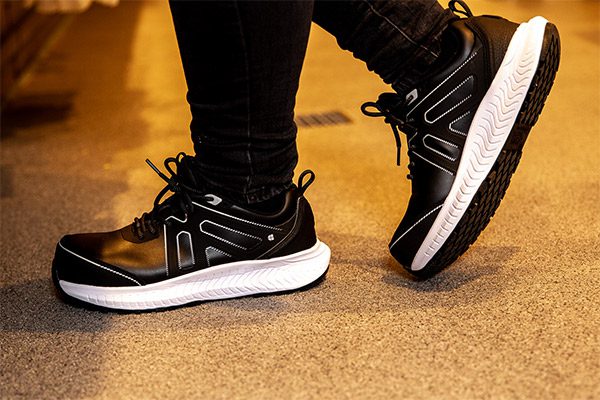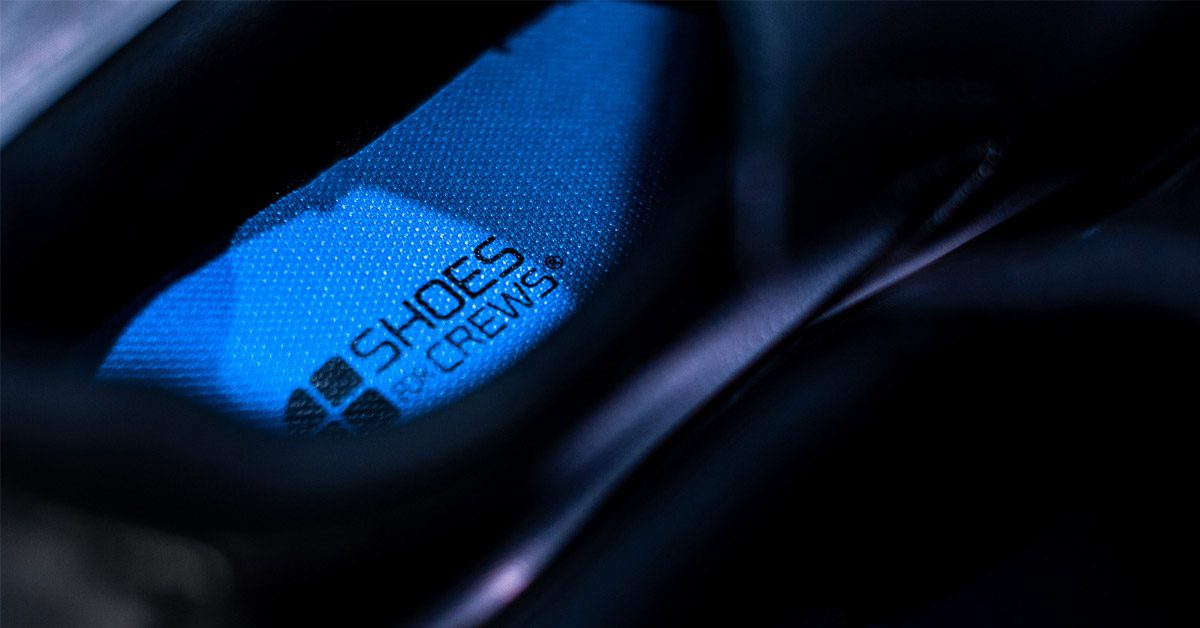For many years, steel-toe cap boots were the industry standard when it came to safety footwear in manufacturing, but this is changing in today’s world. Nowadays, composite toe caps are considered to be as safe as steel-toed boots. However, both types of shoes and boots are equipped with different levels of comfort and protection, among many other features, hence, the variety of options.
Before you begin comparing the differences between composite and steel-toe trainers or boots, please review the required HSE rules and regulations for the level of footwear protection your staff’s job roles will demand.
In this article, we at Shoes For Crews are going to cover some notable differences that you should be aware of before making a purchase. If you are currently in the process of deciding between composite vs steel-toe cap boots, keep reading to learn more about these styles.
1. Construction and design
The lighter feel of composite toe safety boots is primarily due to their production process. It is also often the main feature that comes to mind when you are considering updating your crew’s footwear with composite toe-capped styles.
However, there are several different styles and designs that you can choose from with steel toe boots. There are a number of options, depending on the roles and responsibilities of each of your staff members. Designed with a curved piece of steel that sits above the toe, this style protects the feet from all sorts of workplace hazards. Metal boots can be heavier to wear and at times may feel uncomfortable given their smaller toe box.
2. Level of protection and comfort
Composite toe cap trainers and boots are often made of Kevlar, carbon fibre, rubber and other lightweight materials. At Shoes For Crews, we are committed to becoming more sustainable and reducing our carbon footprint in the world. Since 2022, we have been using processed rubber to source components for our new outsoles. This lightweight design is durable and focused on providing the wearer with optimal comfort for long shifts that require a lot of walking.
Steel caps are oftentimes able to withstand more weight than basic safety requirements indicate and in comparison, to older composite toe-capped footwear. They offer the most protection from heavy objects that fall from height, thus, helping reduce the risk of serious injury to the feet or toes.
3. Resistance
Our composite toe models provide the same level of resistance as metal safety boots but without the rigid toe box. If you are not looking for insulated boots, composite-toe boots are a better choice for indoor jobs as they do not conduct heat or cold.
In the same vein, metal toed boots must meet the industry standard minimum amount of protection, which is typically 200 joules, or higher. If your staff is going to be spending a lot of time outdoors in the colder months, look for a lined steel-toe-capped boot that will help keep their feet warm.





